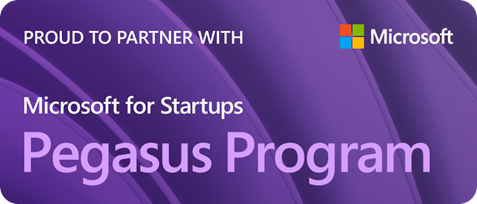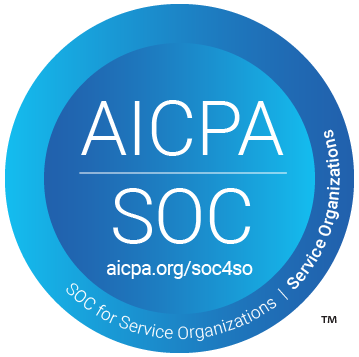CSPM vs. Runtime Protection vs. ASPM: Why ASPM is the Foundational Layer for Secure Development
Security teams often rely on CSPM (Cloud Security Posture Management) and Runtime Protection to safeguard cloud environments and applications after deployment. However, these solutions fail to address the root cause of vulnerabilities—unsecure development practices.

Application Security Posture Management (ASPM) provides the missing layer, ensuring that security is embedded from the start. By preventing vulnerabilities before they reach production, ASPM reduces reliance on reactive tools and enhances overall security posture.
ASPM, CSPM, and Runtime Protection: Why You Need All Three
Security is only as strong as its foundation.
When it comes to securing modern software environments, relying on a single security approach isn’t enough. Organizations need a comprehensive, layered strategy that covers risks from development to deployment to runtime. That’s where Application Security Posture Management (ASPM), Cloud Security Posture Management (CSPM), and Runtime Protection each play a critical role.
- ASPM is the foundation—fix issues before code ever reaches production and they become expensive risks.
- CSPM ensures cloud environments are hardened—preventing misconfigurations before they’re exploited.
- Runtime Protection adds active monitoring—detecting and stopping threats as they occur.
Security isn’t one-size-fits-all—you need a layered approach that addresses risks before, during, and after deployment. Start Left® helps organizations build secure applications from the start, while CSPM and Runtime Protection ensure the cloud and production environments remain secure.
A Side-by-Side Comparison:
CSPM vs. Runtime Protection vs. ASPM
| Feature | CSPM (Cloud Security Posture Management) | Runtime Protection (CWPP, RASP, EDR) | ASPM (Application Security Posture Management) |
|---|---|---|---|
| Primary Focus | Secure cloud configurations & compliance. | Protect workloads at runtime from active threats. | Pre-runtime security—detect and prevent vulnerabilities in development. |
| When It Works | Monitors & remediates misconfigurations before deployment. | Detects and mitigates threats after deployment. | Identifies security risks before deployment by embedding security into CI/CD. |
| Security Approach | Policy enforcement for cloud security settings. | Real-time threat detection & response. | Developer-focused risk prevention & adoption of security best practices. |
| Visibility Scope | Infrastructure & cloud security risks. | Active application behavior and exploits. | Code vulnerabilities, dependency risks, security governance. |
| How It Works | Analyzes misconfigurations in cloud services (e.g., AWS, Azure, GCP). | Detects live exploits and abnormal activity. | Enforces security in code, dependencies, CI/CD, and teams. |
| Examples of Protection | Ensures least privilege, encryption, secure networking. | Stops zero-days, malware, runtime injections. | Prevents OWASP Top 10, supply chain attacks, and insecure coding. |
| Remediation Focus | Infrastructure-level fixes (e.g., IAM misconfigurations, unencrypted storage). | Live response to threats in production. | Pre-runtime remediation with automated fixes, developer training, and governance. |
| Automation & AI | Automates cloud security best practices. | AI-driven behavioral analysis for active threats. | AI-driven code remediation, risk prioritization, and security maturity tracking. |
| Who Uses It? | Cloud security teams, DevOps. | SecOps, SOC teams, IT security. | Engineering, DevOps, and Security leaders ensuring proactive security. |
Why ASPM is the Foundation of a Strong Security Program
- CSPM & Runtime Protection react—ASPM prevents. Start Left ensures vulnerabilities never reach production, reducing noise, alerts, and incident response costs.
- Security at the speed of DevOps. While CSPM enforces security in infrastructure and runtime tools mitigate live threats, ASPM aligns security with the SDLC, empowering developers and security teams to prevent issues at the source.
- A Complete Security Program Needs All Three. CSPM, Runtime Protection, and ASPM work best together. Without ASPM, organizations are stuck reacting to threats instead of stopping them before they exist.
Why You Need All Three
Each security layer plays a unique role in reducing risk, and there is no silver bullet to cover everything.
| Security Layer | Focus | Key Risks Addressed | Why It’s Essential |
|---|---|---|---|
| ASPM (Application Security Posture Management) | Pre-runtime | Code vulnerabilities, insecure dependencies, misconfigurations in development | Prevents vulnerabilities before they reach production |
| CSPM (Cloud Security Posture Management) | Cloud security posture | Misconfigured cloud services, insecure storage, policy violations | Ensures a secure cloud foundation |
| Runtime Protection | Live applications | Exploits, zero-day attacks, active breaches | Detects and mitigates threats in production |
SHARE!
More Resources















